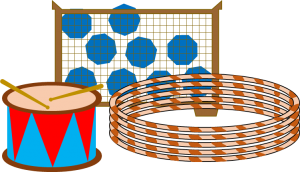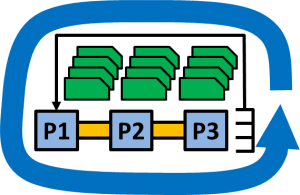
In my last posts I discussed the basics of CONWIP systems (Constant Work In Progress) and answered some frequently asked questions Part 1 and Part 2 on CONWIP. Overall, CONWIP is a pretty cool alternative to kanban, also establishing a pull system. It has some very valuable advantages, but it also comes with some disadvantages. In this final post of my series on CONWIP, I will shed light on some of these advantages and disadvantages, especially in comparison with kanban, but also with drum-buffer-rope.






